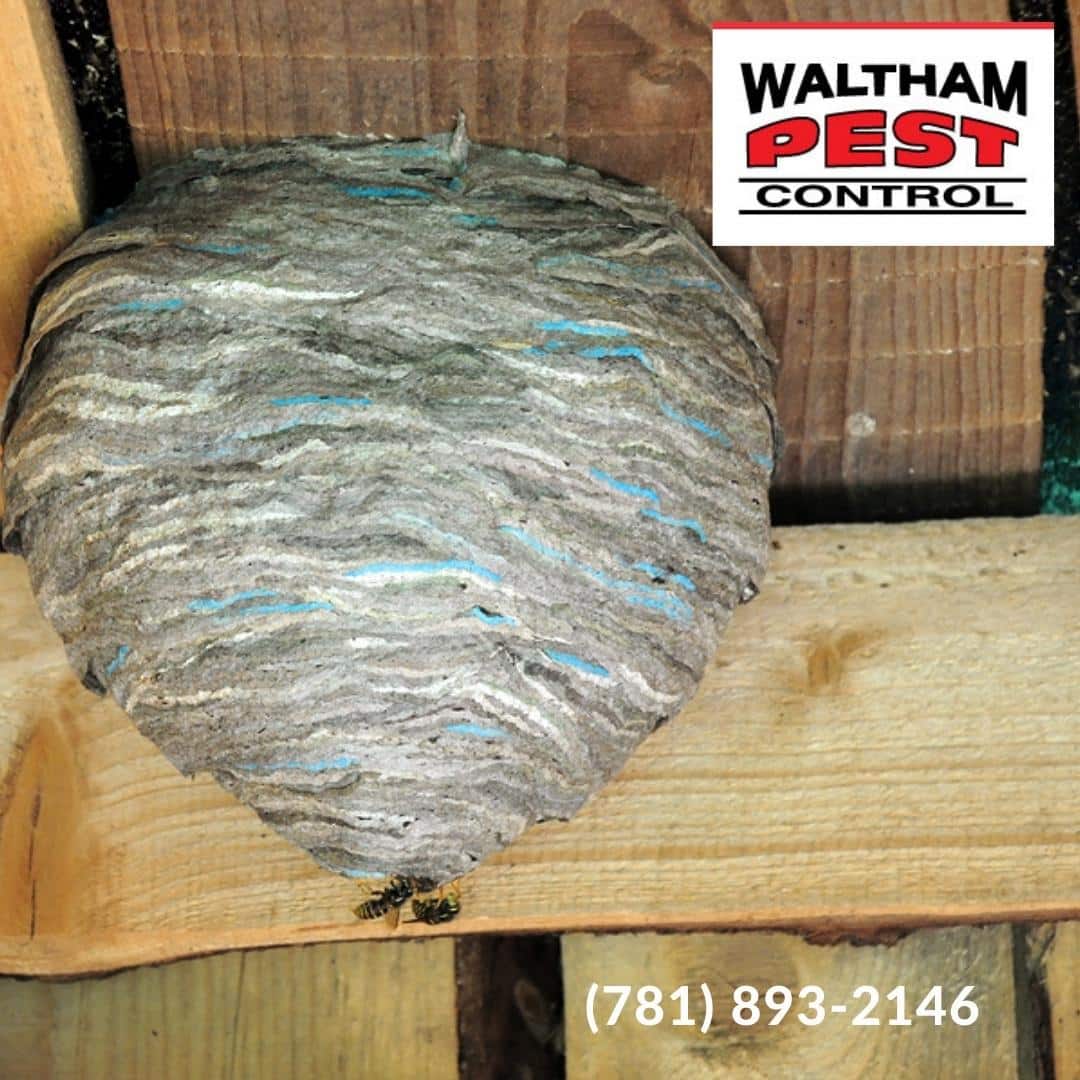Preventing and controlling rodents like mice and rats is important for the health and safety of your property. These pests can carry diseases, damage property, and contaminate food. Here are some effective strategies to keep mice and rats out of your property:
Bee and Wasp Safety: What to Do If You Encounter a Nest
Encountering a bee or wasp nest can be a daunting experience, as these stinging insects can pose a risk to your safety and well-being. However, it’s important to approach such situations with caution and follow the appropriate steps to ensure your safety and the preservation of these beneficial pollinators. As a trusted provider of professional pest extermination and control services for over 40 years, Waltham Pest Control is here to guide you on what to do if you encounter a bee or wasp nest. By understanding the importance of these insects and practicing safe behavior, you can handle these situations effectively and responsibly.
Identify the Insects
- Bees: Bees are important pollinators that play a vital role in the ecosystem. They are generally less aggressive unless their hive is threatened. Bees have plump bodies covered in fine hairs and are often black or brown with yellow or golden stripes.
- Wasps: Wasps can be more aggressive and defensive of their nests. They have slender bodies with a distinct narrow waist and can be black, brown, or yellow with patterns of bright colors.
Stay Calm and Assess the Situation
- Remain Calm: It’s crucial to stay calm and avoid sudden movements when near a bee or wasp nest. Quick and erratic movements can provoke the insects and increase the risk of stings.
- Observe from a Safe Distance: Assess the nest and determine its location and proximity to human activity areas. If the nest is located in an area where it poses a significant risk, such as near entrances or frequently used spaces, it’s important to take appropriate action.
When to Seek Professional Help
- Large or Aggressive Nests: If the nest is large or the insects are exhibiting aggressive behavior, it’s best to contact a professional pest control service, like Waltham Pest Control. They have the expertise and equipment to safely remove the nest without causing harm to you or the insects.
- Allergic Reactions: If you or someone nearby has a known allergy to bee or wasp stings and experiences a severe allergic reaction (e.g., difficulty breathing, swelling of the face or throat), seek emergency medical assistance immediately.
Safe Nest Removal
- Prevention: It’s best to prevent nest formation by regularly inspecting your property for potential nesting sites, such as eaves, rooflines, or tree branches. Seal off entry points and address any attractants, such as food or garbage.
- Professional Assistance: If removal is necessary, contacting a professional pest control service is recommended. They can safely remove the nest, taking into account the species and location, to minimize the risk of stings and ensure the well-being of the insects.
- Do Not Disturb: In the meantime, avoid disturbing the nest or attempting to remove it yourself. This can agitate the insects and increase the likelihood of stings.
Encountering a bee or wasp nest can be a delicate situation that requires careful handling. By understanding the importance of these insects and following safety protocols, you can ensure your well-being while respecting their role in the ecosystem. If you come across a nest that poses a risk, it’s best to seek professional assistance from experts like Waltham Pest Control. With their experience in both residential and commercial pest control, they can safely and responsibly address the situation. Remember, responsible behavior and informed actions are key when dealing with bee and wasp nests. 781-893-2146.
Latest Posts
Bed Bug Prevention and Detection: Keeping Your Summer Travels Bug-Free
Bed bugs are small, parasitic insects that can infest bedding, furniture, and luggage, making them a common concern for travelers. To keep your summer travels bug-free and avoid bringing bed bugs back home, follow these prevention and detection tips:
5 Reasons Why Massachusetts Residents Should Rely on Professionals for Hornet Nest Removal
Hornets are aggressive stinging insects that can pose a significant threat to Massachusetts residents if their nests are located too close to homes or heavily trafficked areas. While some people may consider attempting hornet nest removal themselves, relying on professionals is typically a safer and more effective option.

